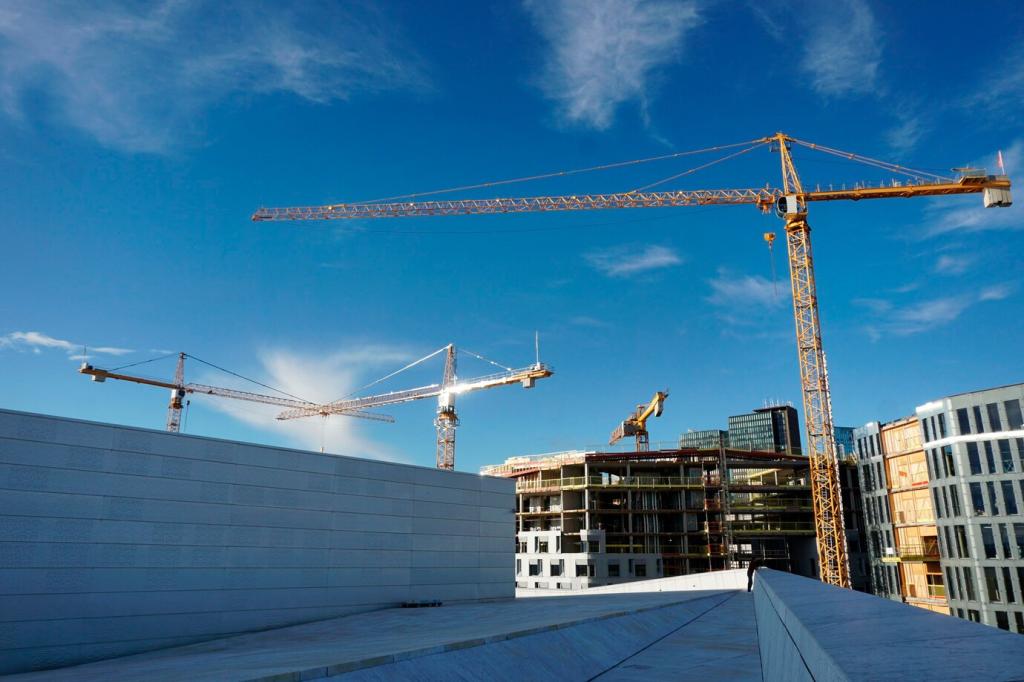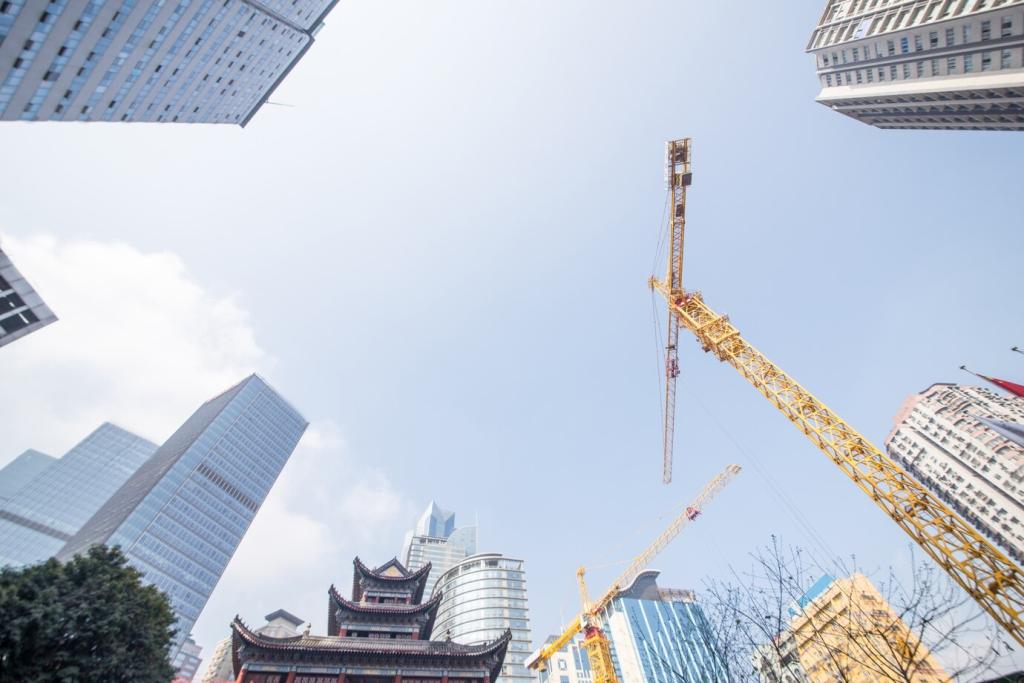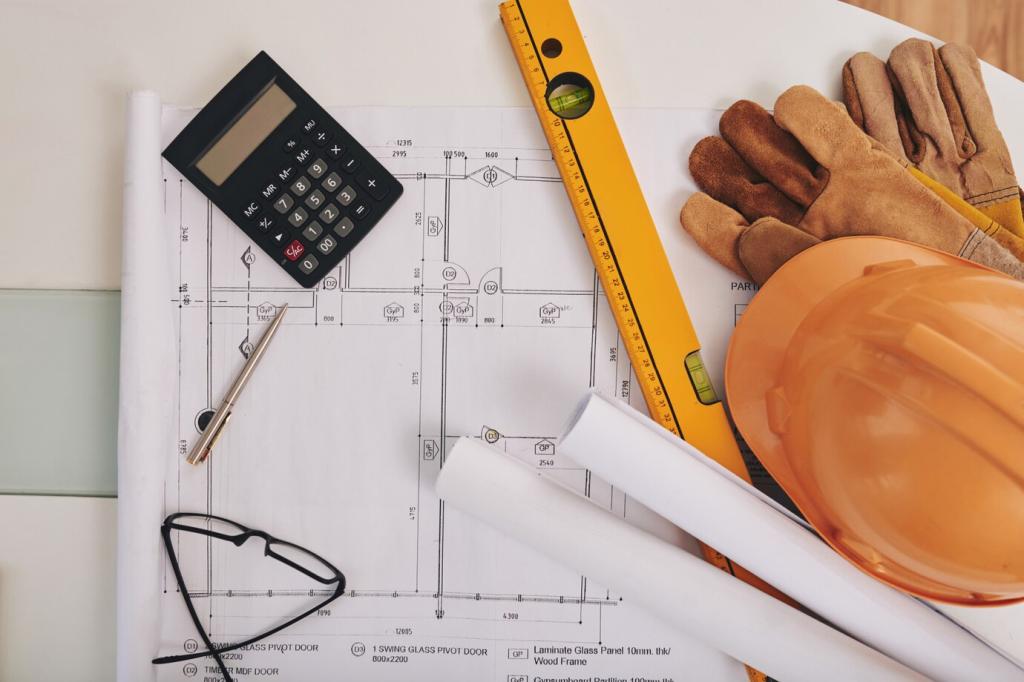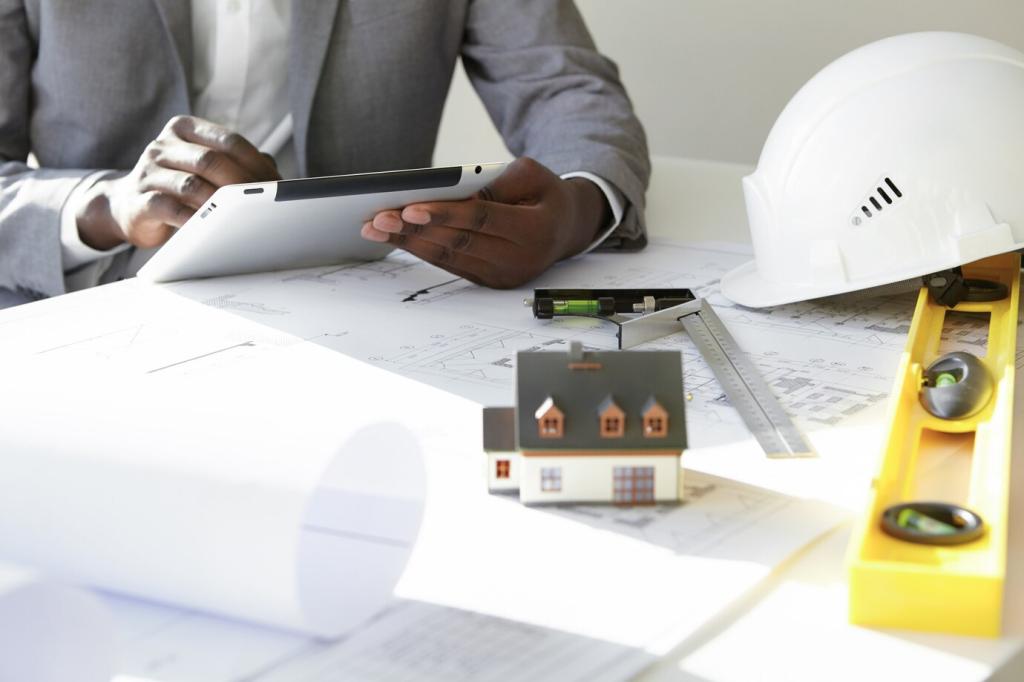Energy Efficiency in Affordable Housing
Chosen theme: Energy Efficiency in Affordable Housing. Welcome to a hopeful, practical space where lower utility bills, healthier air, and year-round comfort are real possibilities for every household. Explore proven strategies, human stories, and step-by-step ideas you can start using and sharing today—then subscribe to stay inspired.
Why It Matters: Lower Bills, Healthier Homes
The Energy Burden Gap
For many low-income families, energy costs take a much larger share of monthly income, creating impossible trade-offs. Efficiency closes this gap by trimming waste, stabilizing bills, and freeing cash for essentials like food, medicine, and school. Have you felt this pressure? Share your experience and solutions that worked.
Comfort Is Not a Luxury
Drafts, cold floors, and stifling summer nights are more than inconveniences—they affect sleep, health, and daily dignity. Sealing leaks, insulating attics, and tuning equipment transforms apartments into comfortable, consistent homes. If comfort upgrades changed your routine, tell us how life feels different now.
Trust Built Through Transparency
Residents trust projects that respect them and show results. Clear timelines, upfront explanations, and bill comparisons before and after upgrades build confidence. In one Midwest rehab, monthly utility workshops became community gatherings. Would you attend a session like that? Comment with topics you would want covered.
Building Envelope: Insulation, Air Sealing, Windows
Attic and wall insulation reduce heat loss and gain, keeping temperatures steady and systems smaller. Aim for continuous coverage without gaps, especially at rim joists and attic hatches. A tenant in a 48‑unit complex reported fewer space-heater days after cellulose upgrades. What part of your home feels coldest?
Building Envelope: Insulation, Air Sealing, Windows
Blower door tests reveal hidden cracks at plumbing penetrations, top plates, and window frames. Strategic air sealing with foam and gaskets often delivers immediate comfort. One maintenance lead called it the “quiet upgrade” because residents felt results before seeing them. Would you volunteer for a blower door demo day?
Heating, Cooling, and Hot Water: Smarter Systems
Heat Pumps for Diverse Climates
Modern heat pumps perform well even in colder regions, especially cold-climate models with variable-speed compressors. Proper sizing and tight ducts prevent drafts and noise. A property manager in a snowy town saw fewer emergency calls after upgrades. Curious about heat pumps in your area? Ask questions and compare notes below.
Water Heating Without Waste
Heat pump water heaters and well-insulated tanks reduce energy while maintaining reliable hot water. Smart recirculation pumps cut standby losses without long waits. Residents noticed quieter nights when equipment cycled less. If long hot-water waits frustrate your building, tell us where delays happen most.
Controls That Residents Love
Simple, lockable thermostats with clear schedules prevent discomfort and confusion. Room-by-room control in multifamily buildings balances fairness and savings. One resident said a guided thermostat tutorial saved arguments at home. What thermostat features would help your household most—better presets, reminders, or multilingual instructions?

Ventilation and Indoor Air Quality
Heat or energy recovery ventilators exchange stale indoor air for fresh outdoor air while transferring heat and, in some cases, humidity. This keeps spaces healthy without big energy penalties. Residents often notice fewer odors and headaches. Would your building benefit from a simple ventilation assessment this season?
Ventilation and Indoor Air Quality
Quiet, effective kitchen hoods that vent outside, plus timed bathroom fans, quickly remove moisture and pollutants. Paired with MERV‑rated filters, they support breathing comfort. A grandmother shared that quieter fans finally got used consistently. What quiet threshold would make you actually use your fan every day?




Listening sessions, hallway surveys, and Saturday pilot demonstrations surface real pain points—like drafty corners or noisy equipment. When residents choose priorities, satisfaction rises. A simple mock-up unit helped everyone visualize changes. What forum would you attend—open house, online poll, or after-hours Q&A with snacks?

Clear, multilingual notices with exact visit windows prevent confusion and missed appointments. Text reminders with opt-in preferences keep disruptions minimal. A resident champion program further builds trust. If translation would help your building, comment with needed languages so we can include templates in future posts.

Share progress dashboards near mailboxes or in a community room. Celebrate milestones, like reduced peak usage or improved indoor temperatures. Recognition builds pride and participation. Would your community benefit from friendly energy challenges with small prizes funded by savings? Tell us what would motivate participation.
Policy and Practice: Solving Split Incentives
Green Leases with Cost-Sharing
Lease clauses can allow modest cost-sharing when upgrades demonstrably reduce bills, protecting residents while enabling investments. Clear measurement and guardrails are essential. Have you tried green lease language? Share clauses that worked, and we will assemble a community-sourced toolkit for subscribers.


Utility Data Access and Privacy
Aggregated, anonymized utility data lets owners target upgrades without exposing personal information. Consistent access simplifies benchmarking and incentive applications. Ask your utility about standard release forms. What data would help you the most—peak demand, monthly usage, or temperature-adjusted trends by building?
Resilience and Climate Readiness
Well-insulated, shaded buildings with operable windows stay safer longer during power outages. Ceiling fans, light-colored interiors, and night ventilation strategies further reduce stress. A resident committee in a desert town mapped cooling rooms. Would your community join a neighbor check-in network during extreme heat?
Resilience and Climate Readiness
Reflective roofing and rooftop vegetation reduce indoor temperatures and stabilize summer bills. Pair with shade trees and light-colored pavements for neighborhood-scale benefits. Maintenance teams reported fewer roof complaints after upgrades. If your block bakes in summer, tell us which surfaces feel hottest and why.


